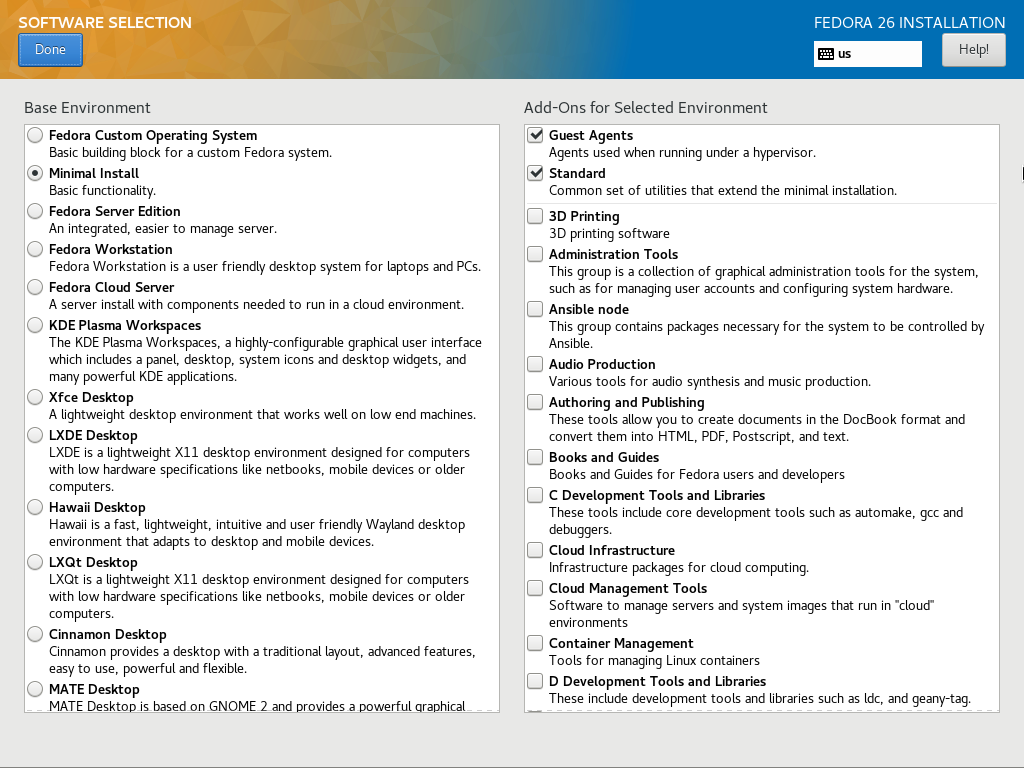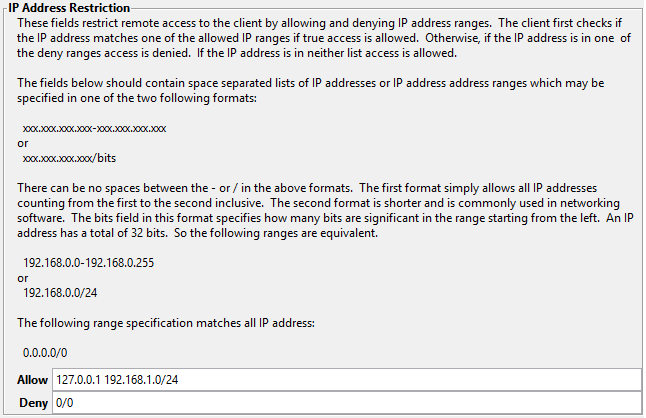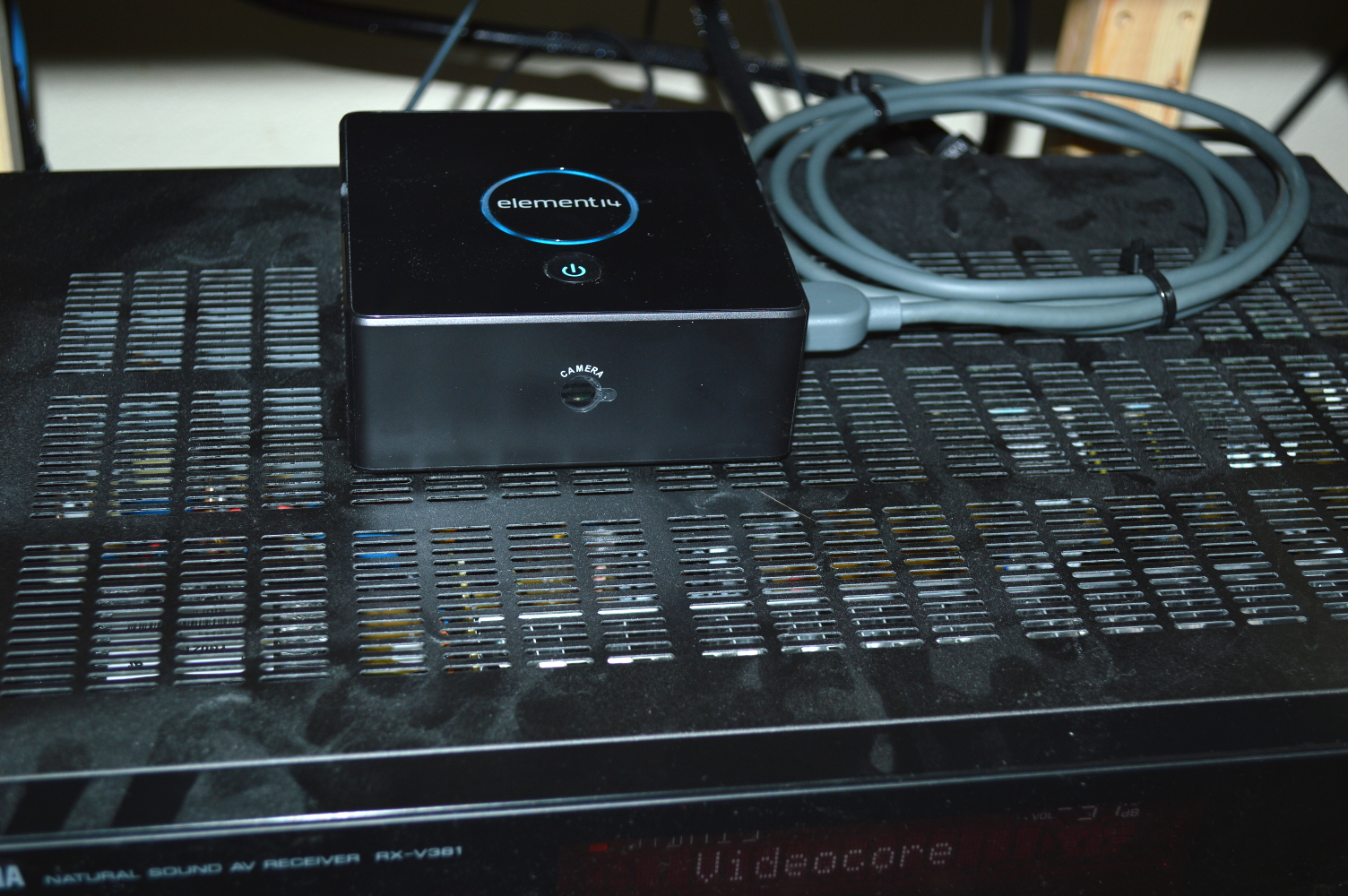In a video made by the organization “Flex Your Rights” called “10 Rules for Dealing with Police“, rule #6 is “Don’t expose yourself”. Basically what this means is do not do anything that could cause the police to have a heightened level of suspicion with you. Once you are detained, the police can and will look for anything in plain sight, and anything found can be used against you.
With that in mind, let’s look at this:
For those with accessibility technologies, this is the list:
- My window is down far enough, I can hear you just fine. Do not try to open my door, they are always locked.
- Before you ask me for anything, you need to state the reason for pulling me over.
- You are being audio and video recorded for my protection and your accountability.
- I do not speak to nor do I answer ANY questions from cops. Any information you need to know will be on my Driver’s license, registration and proof of insurance.
- I do not consent to any searches and seizures. If you truly feel the need to search my vehicle, get a warrant. I will be happy to wait.
- What you put into this stop is what you will get out of it. Respect my rights and it will be quick and pleasant.
Talk about a way to ensure the police put extra scrutiny on you.
The first rule of police stops is to keep calm and cool. In other words, don’t be belligerent. And the above sign is belligerence. So don’t have a sign on your window like that.
For one, the sign blocks some of your view and is opaque. Depending on jurisdiction, this could get you cited, as any window coverings need to be translucent (“see through”) so as to not block your ability to see behind you looking through the rear window.
Having this list on your window will also virtually guarantee you get a citation every time, even for minor things like a broken headlight or taillight that would normally result in a warning unless you’ve been previously detained for it and failed to get it repaired. Yes, sometimes it is the small things that can make the difference between a warning and a citation. Between a momentary inconvenience of a traffic stop, and the time, expense, and points against your license that comes with a citation.
And any officers encountering that in a parking lot, parking garage, or parking spot on the road will also be more likely to scrutinize rather than just walk by. And the same would be true if you had a bumper sticker about guns or drugs. Again, don’t expose yourself.
One other thing. In anything addressed to the police, do not use the “cop(s)” since that is often used as a pejorative. Either use “officer(s)” or “police officer(s)”.
1. “My window is down far enough… Do not try to open my door…”
First, a police officer won’t try to open your door unless they are trying to extract you from the vehicle — e.g. you’re under arrest and not being cooperative.
Having your window open isn’t about you being able to hear the officer, but the officer being able to hear and see you. If the officer requests you to roll your window down further, do so. But you don’t need to lower it further than 4″, or about 1 hand width. No officer should request you to roll it down all the way as they should have no need to do so, except in one circumstance.
That being when you’re carrying concealed. I’ve said before that you must disclose this to the officer at the start of the stop regardless of the laws of your State. You will need your window rolled down for that as the officer will want to secure you and/or the firearm for his/her own safety.
Two other things to note. First, you will need to roll down your window to sign the citation. And, second, an officer can order you out of your vehicle for any reason, and you must comply. Failure to comply could result in arrest as it is typically a misdemeanor. In Kansas where I currently live, the statute is KSA 8-1503.
2. “…state the reason for pulling me over.”
So far I have only had one traffic stop where the officer said “Do you know why I pulled you over?” The only reason some officers do that is to get you to cop to something they don’t know about. If you’re asked this, answer simply and directly, “No, officer, I do not know why you pulled me over.”
In all other instances I’ve been detained, the officer stated the reason directly before requesting what he needed to see.
And if the officer requests your license, etc., before stating the reason for pulling you over, ask the officer why you were pulled over: “Officer, before I hand you what you’ve requested, please tell me why you pulled me over.”
3. “You are being audio and video recorded”
And officers also audio and video record (at least dashcam recording) all traffic stops. You typically don’t need to do this. However in light of the Philando Castile incident, this would be helpful if you’re carrying concealed. That way if you’re shot, we can all see what you did wrong.
If you live in a State with the “two-party rule”, meaning all parties must assent to the conversation being recorded, that statement on your window likely has no legal effect.
4. “I do not speak to nor do I answer ANY questions from cops.”
Again with the word “cops”.
Here’s the thing: you do have the right to remain silent. However, there are few traffic stops where you’ll be able to successfully avoid saying anything to the police officer. In general, though, if an officer asks you a question, answer it. A police stop is not the place to get self-righteous or belligerent about your rights.
5. “I do not consent to any searches or seizures.”
This is similar to a list I’ve seen for someone driving through a DUI checkpoint that also included “I want a lawyer”. There is no reason to state this up front.
And having this on a sign in your vehicle window isn’t conducive to a smooth traffic stop. Plus the officer may actually take this as a challenge and look for anything in plain sight to establish probable cause to search your vehicle further. The officer, the officer’s partner, or another officer who arrives on the scene (two of my last three traffic stops included such) will walk around the vehicle, looking in all windows carefully and at the external of the vehicle.
They will be checking the external of the vehicle anyway looking for anything additional they can cite, but the sign invites extra scrutiny due to it being very unusual.
In other words, you are inviting that extra scrutiny by having the sign. Do not expose yourself.
Further, the statement about waiting for a warrant has no legal effect. It is a long-standing rule in the Courts that police do not need a warrant to search a vehicle so long as they can demonstrate probable cause prior to the search. Reasonable suspicion can also be used to detain you to bring in a drug dog.
6. “Respect my rights and it will be quick and pleasant.”
Oh how cute acting like you’re the one who can make that call.
Here’s the thing: while you don’t need to be infinitely cooperative with an officer during a traffic stop, it also helps if you don’t get things off to a bad start by being directly or passively belligerent. Having the above sign in your window will not put things in your favor.
This comes back to a pervasive attitude I’ve seen time and again: a dehumanization of police officers. Respecting the officer and their authority is what allows a stop to go smoothly.
Instead just keep calm and cool. Keep your hands out where the officer can see them. Don’t talk back or cop an attitude of any kind. Don’t be directly or passively belligerent. Don’t be disrespectful.
And don’t have a sign like the above in your car window. It’ll only invite extra scrutiny, and will likely ensure you walk away with a full citation every time. Possibly multiple citations depending on what the officer also finds while looking around your vehicle that would’ve otherwise been ignored but pointed out to you or resulted in a warning.
Be smart with how you interact with the police, but not a smart ass, and everything should be smooth.




You must be logged in to post a comment.